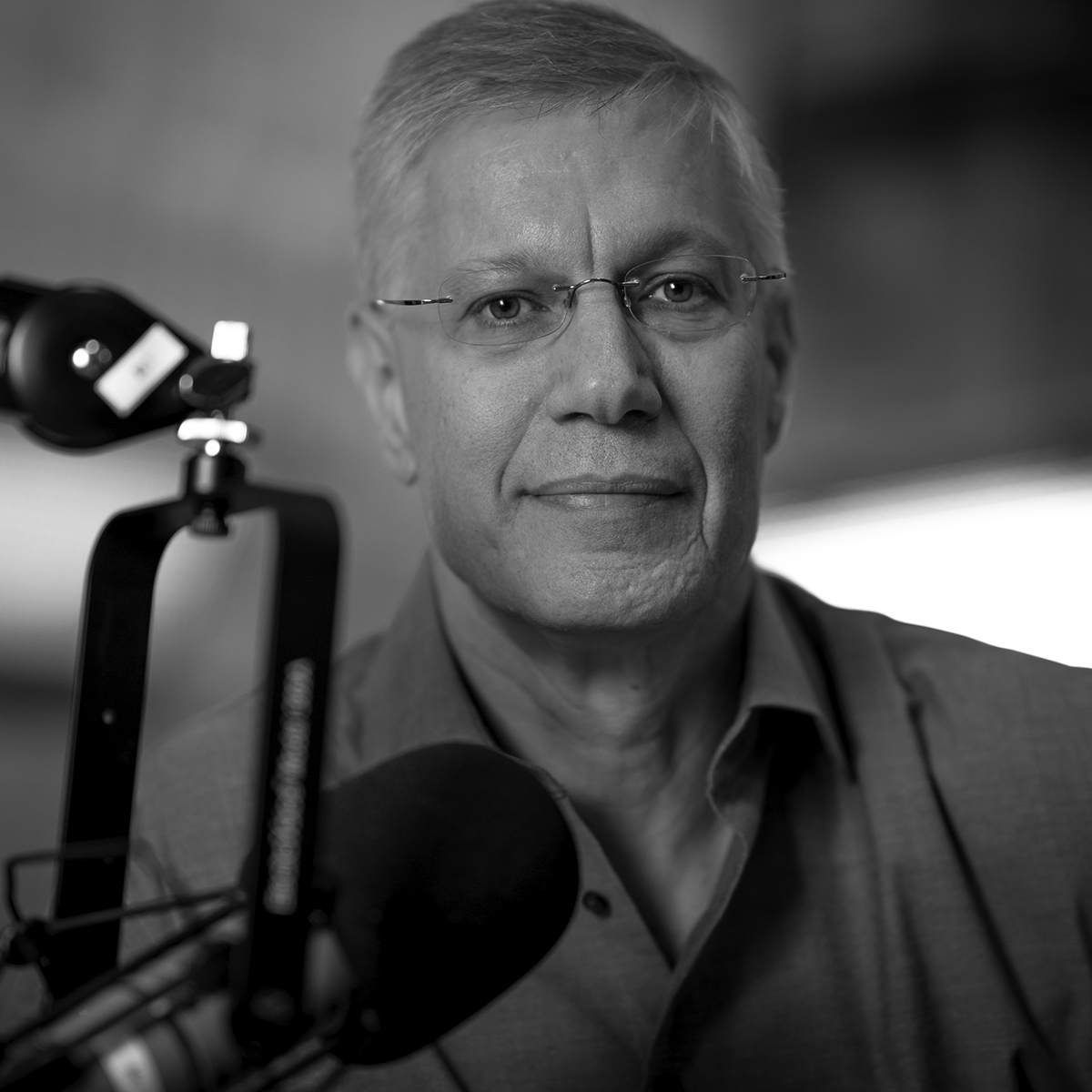The Road to Socialized Medicine Is Paved With Pre-existing Conditions (Part 3)
In the legal wrangling over Obamacare, the Obama administration candidly admitted that the individual mandate, which forces Americans to buy health insurance, is the only thing preventing the new health law from eviscerating private health insurance.
The problem, the government said, is that Obamacare requires health insurers to cover individuals with preexisting conditions at the same premiums they charge other customers. Unless everyone is forced to carry health insurance, healthy people will refuse to buy it until they get sick, precipitating a free rider crisis that would ruin insurers.
That strikes us, not so much as an argument for the individual mandate, as an argument against Obamacare’s preexisting condition rule. But whether the mandate lives or dies, the preexisting condition rule is paving the way for socialized medicine.
The preexisting condition rule places crippling limits on the ability of insurers to create policies based on their best assessment of risk. It will turn them into essentially passive middlemen, who no longer appraise and control risk, but who merely perform the administrative function of doling out health care benefits. It’s only a matter of time before people start to ask: Why not save money by cutting out the middleman? (That, indeed, is what happened with student loans. After decades of subsidies and regulations, the government shoved the banks aside and took over the student loan market.)
This could play out in any number of ways, but here are two possible scenarios. If the mandate survives, Washington will denounce the insurance industry for charging premiums that “gouge” customers who have no choice but to buy the industry’s products. If the individual mandate is struck down or otherwise killed, insurers will be forced either to go out of business or jack up their rates. Those that do the latter will face a public outcry. Either way, the public will be told that the “free market” has failed and that the only solution is a complete government takeover of the health insurance market.
That certainly has been the historical pattern. Government has been amassing control over the health insurance market for decades. At every step, the proponents of regulation point to some alleged set of problems in health care, blame them on the market, and call on government to solve them.
But without exception, the actual problems they point to are not caused by the market, but by government intervention — and the outcomes they denounce which are a product of the market are not really problems at all.
Take the preexisting condition “crisis.” On the one hand, there is something wrong when people who are pushed into buying health insurance through their employer and then lose their job, lose their insurance and are unable to buy a new policy thanks to preexisting conditions. But as we’ve argued, that’s a situation created by government intervention, and would not arise in a free market.
On the other hand, is it really a problem that sick people have to pay more for insurance than healthy people?
Well, it’s definitely true that a free market does not promise people unearned health care. In a free market, health care is a good that you have to earn through voluntary trade. Even though there are endless ways that people — including the poorest of the poor — can find innovative solutions to their needs, and even though a free society has always had abundant charity, the basic rule of a free market is that you are responsible for your own life. It’s your job to figure out what your life requires — whether it’s food, a car, a house, or health insurance — and then to go out and earn it through your own productive action.
What’s true of the preexisting condition “crisis” is true of the “health care crisis” more broadly. The market is condemned for producing spiraling health care costs and for failing to achieve “universal coverage.” But in reality, those spiraling costs are the result of government’s relentless intervention in the health care market. Meanwhile, the market’s failure to generate “universal coverage” for Americans, including those who seek a free ride, is a problem only to those who believe that the mere fact of being born entitles you to the wealth and labor of others.
If unearned health care is what the pushers of Obamacare and its preexisting condition rule want, let them argue for it openly — and stop pretending they are trying to solve problems created by the market. And let those who criticize Obamacare for leading America down the road to socialized medicine stop pretending that the preexisting condition scheme is anything but a step down that road.




